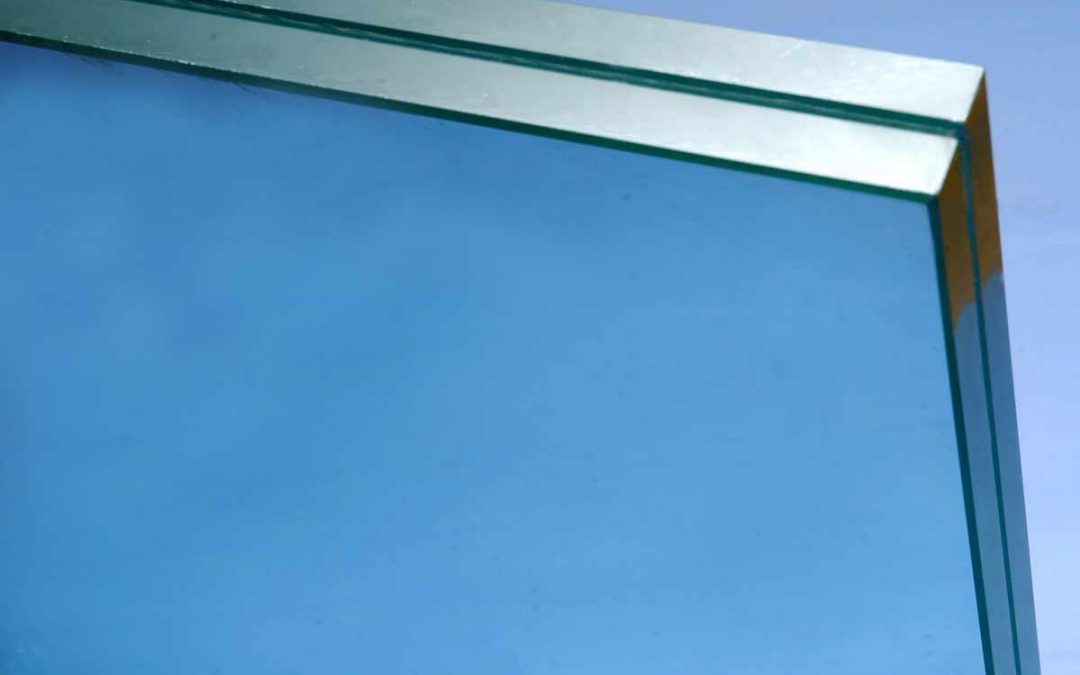Laminated glass is a special type of safety or security glass that holds together in case of accidents. It is simply made by sandwiching layers of polyvinyl Butyral (PVB) or structural interlayer material in between two or more glass layers. The layers are usually bonded permanently using both mechanical and chemical bonds.
High temperature and pressure are applied in the process to eliminate air bubbles from the glass layers forming a tough seal. The glass is thus strengthened enough to resist stress. In case of breakage, the sharp pieces which cause fatal injuries are held together forming ‘web like’ patterns.
This qualifies laminated glass to be a safety glass. Typical PVB laminated glass has a thickness of at least 0.38mm but multiple layers of 0.38 may be laminated to make even stronger glass panels. This is how bullet proof glass is made.
Laminated Glass Production Process
In order to come up with quality laminate glass, five main phases are involved:
- Phase 1: The glass is cut into required shapes, designs and sizes following the clients specifications.
- Phase 2: Using feeding devices and a roller table, the glass is conveyed to washing machines. In this stage, wider gaps between glass panes are automatically minimized.
- Phase 3: The glass panes are thoroughly cleaned and dried using automated machines.
- Phase 4: The clean, dry glass panes are then transferred to a clean room with conditioned temperature and humidity. The room is also dust free and PVB film rolls are stored here.
- Phase 5: Together with the PVB films, glass panes are accurately aligned following their geometry. The sandwich is then placed on what’s called a ‘nip roller’ where it’s heated and compressed simultaneously to remove air in-between the layers.
- Phase 6: The nipped laminate glass is transferred to the auto-clave cart. In this final stage, controlled cycles of heat and pressure are applied to make the laminate glass clear.
The final product in phase 6 is high quality laminate glass and has the following important characteristics:
- A reflective index of 1.48
- Ability to filter 99% of UV rays
- High tensile strength of 3220 psi and above
- In case of accident, it shatters but the pieces remain together
- A specific gravity of 1.07
- Specific heat capacity of lb°F
Considering the above features, laminated glass is commonly used as:
- Insulating glass
- Sound proof/control glass
- Safety glass
- Security glass
- Solar control glass
- Noise reduction glass
- UV protection glass
- Making skylights
- Making rails or balustrades
- Hurricane or storm resistance glass
- Blast mitigation glass


Recent Comments